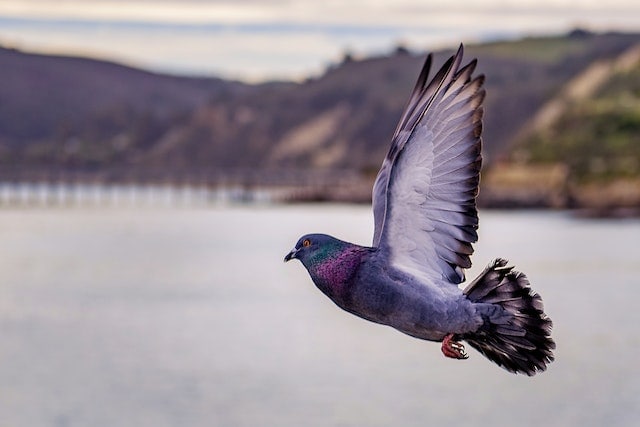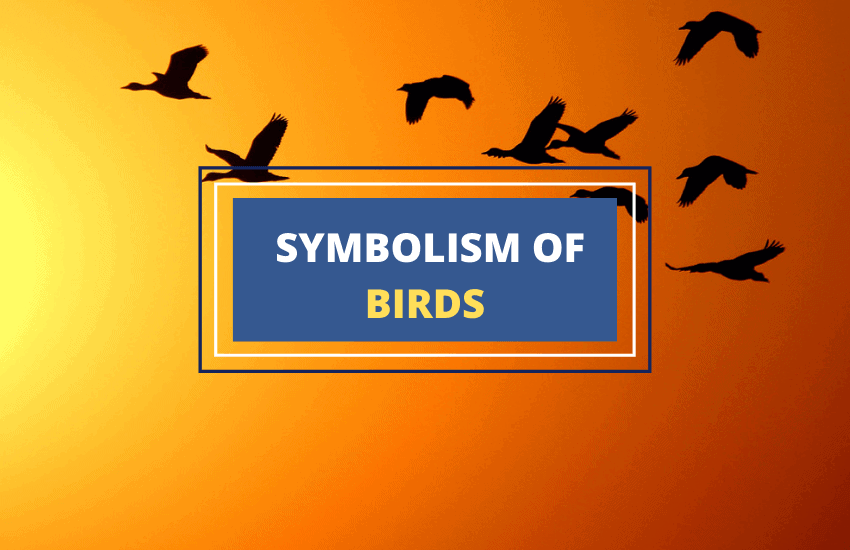
Table of Contents
Throughout history, humans have been captivated by birds and have attributed birds with meaningful symbolism. They’re held in high esteem across cultures, often seen as a symbol of freedom, innocence, liberty, and achievement because of their ability to reach new heights and to spread their wings and fly.
However, apart from this general meaning, birds also hold specific symbolism, depending on the type of bird and the culture it’s viewed in. Let’s take a look at the many meanings and uses of birds as symbols below.
1. Ancient Egyptian Ba
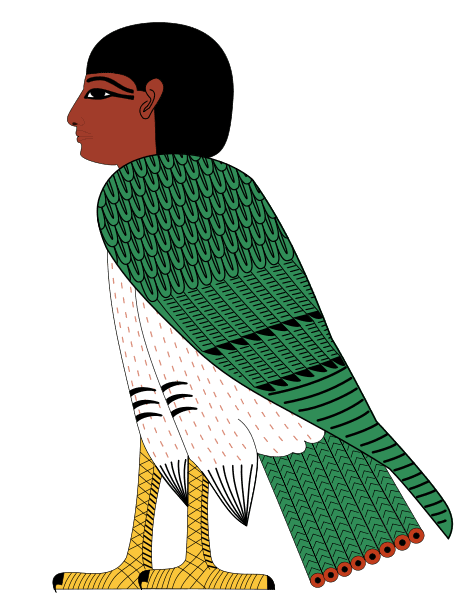
Birds were important symbols in Egyptian art and mythology used to convey ideas related to the soul and the afterlife. Ba was the term used to describe all the characteristics that made something unique, similar to a personality or a soul. It’s depicted in writings and art as a bird with a human head. Egyptians believed that a person’s Ba was the part of a person that would continue to live in the afterlife. This idea is seen in Egyptian art through the image of Ba flying from a tomb.
2. Peaceful Dove
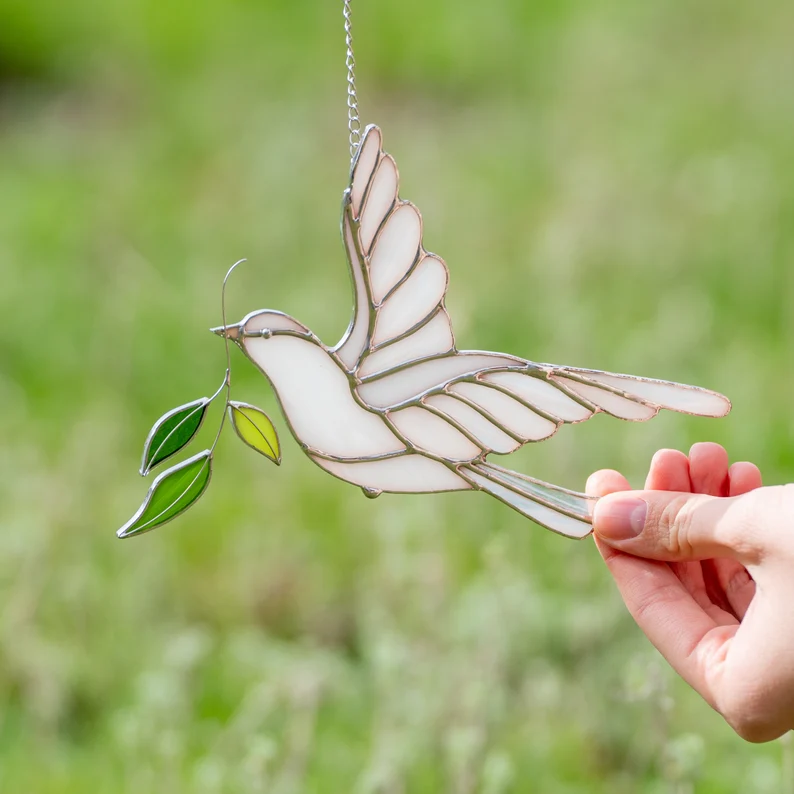
A white dove carrying an olive branch is widely seen as a symbol of peace used both in religious and secular settings. In Christianity, the image of the dove appears in the story of Jesus’ baptism, where the holy spirit appeared as a dove with an olive branch in its beak. The olive branch was derived from Greek, and Roman thought, where it was used as a plea for peace.
In the story of Noah’s Ark, Noah releases a dove to find land after the world is flooded with water. It returns with an olive branch as a symbol of hope for the end of the flood. The dove was adopted as the symbol of peace at the 1949 Peace Congress in Paris. At the Peace Congress in Berlin three years later, Pablo Picasso’s famous Dove artwork was used as the emblem.
3. Juno’s Peacock
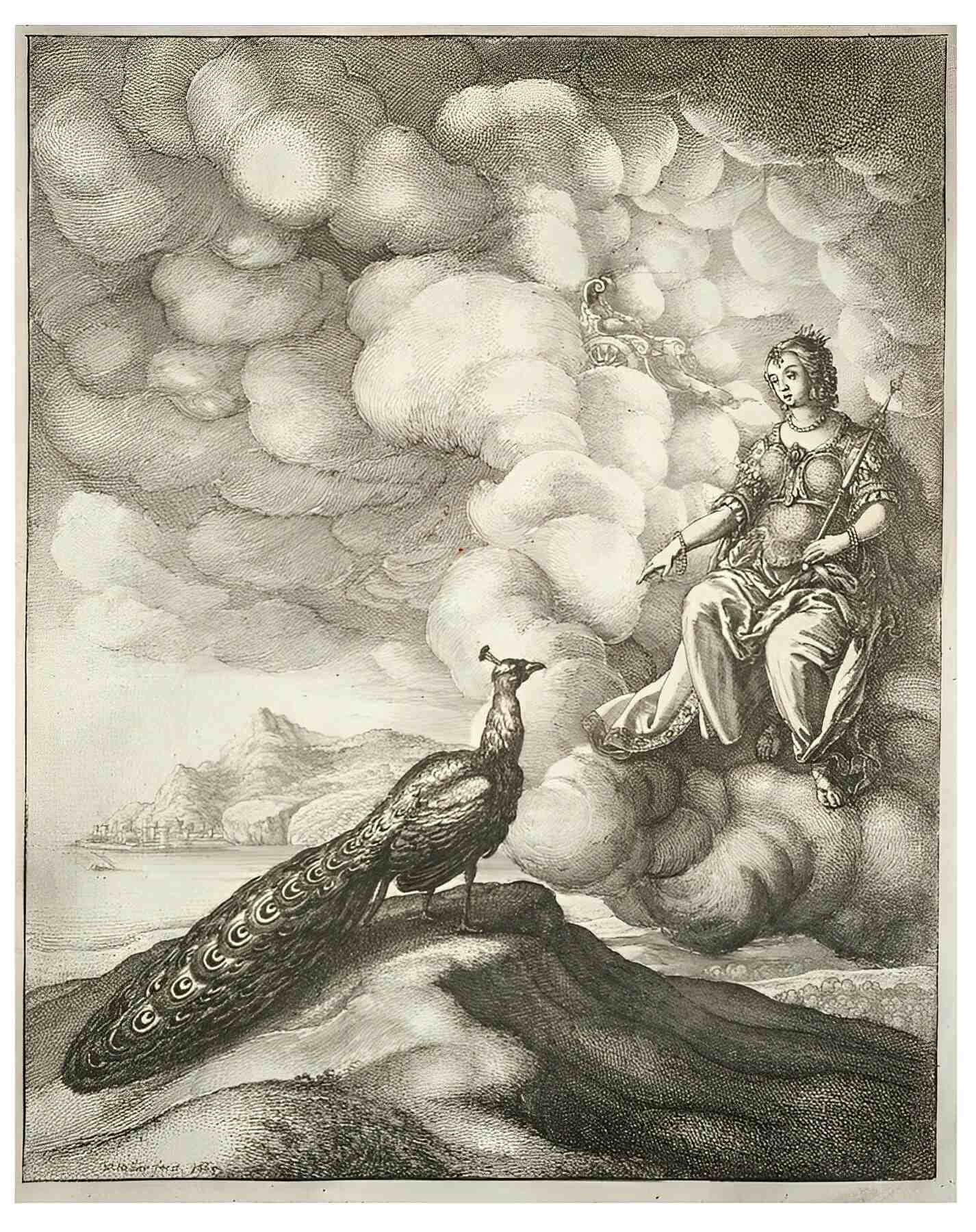
In ancient Rome, Juno was the goddess of marriage and childbirth. She’s the equivalent of the Greek Hera. Her animal symbol is the peacock. So, how did she get this symbol? The association comes from a story regarding her husband Jupiter and one of his many lovers – the beautiful Io, who was also one of Juno’s priestesses. A jealous Juno transformed Io into a white cow and asked a man named Argus Panoptes to watch over it.
Argus had a hundred eyes, and while he slept, he never kept more than two closed. He was able to keep a watchful eye over Io. Unfortunately, Jupiter commanded that she be set free and instructed Mercury to put Argus to sleep and murder him by using the sound of his magical lyre. In gratitude, Juno placed his hundred eyes on the beautiful tail of the peacock to thank Argus for what he did for her.
4. Eagle of Mexico
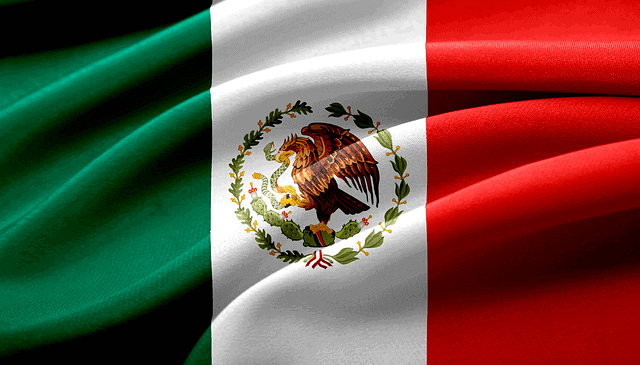
The eagle, which is on the Mexican flag, is a significant bird in pre-Colombian and modern Mexico. The Aztecs believed that the eagle was symbolic of the sun. An eagle flying into the horizon represented the journey of the sun from day to night. An eagle swooping was reflective of the sun setting.
As a predator, the eagle was also associated with strength and power. As it is linked to the 15th day on the Aztec calendar, those born that day were thought to have warrior-like qualities.
The eagle came to be on the Mexican flag through the myth of the formation of the ancient Aztec city of Tenochtitlan. When the then-nomadic tribe was searching for a capital, they saw an eagle devouring a snake, which prompted them to build the city at its current location.
5. Eagles of North America

Eagles are also revered in Indigenous North American cultures. Though the meanings differ from tribe to tribe, generally, the eagle is known as the supreme bird. It’s believed to be the connection between humans and the heavens because of how high it can fly.
An eagle sighting is also an omen of new beginnings and is said to impart resilience and the power to look ahead. People with an eagle spirit animal are said to be visionaries with exceptional leadership qualities.
6. Phoenix
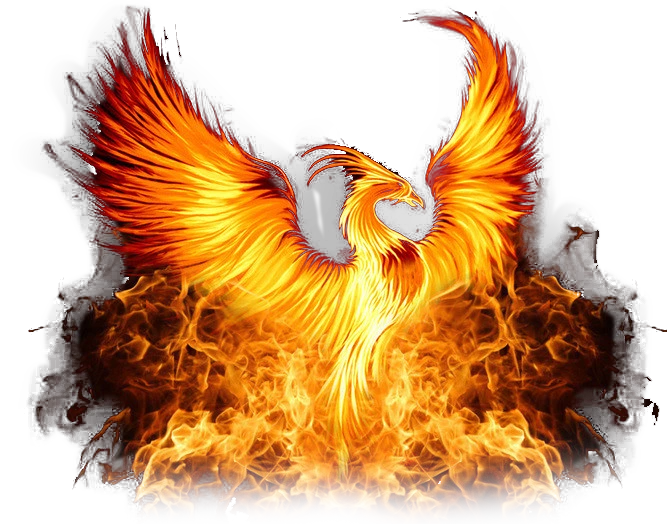
The phoenix is a mythical bird that represents ideas of cycles, regeneration, and rebirth. It was idolized in many ancient cultures for its ability to rise stronger from the ashes of its predecessor. For this reason, it’s linked to fire and the sun.
It’s believed that the Phoenix myth originated in Ancient Egypt from the bird God Bennu. Bennu was said to be a self-created being and was the Ba of the Egyptian God of the sun, Ra. Similar myths exist in other cultures, including the Simurgh of Persia and the Feng Huang of China.
7. Crane

In many Eastern cultures, cranes hold special symbolism. In Chinese culture, the crane is a symbol of intelligence, honor, good fortune, and prestige. It’s admired for its ability to walk, fly and swim as well as for its graceful appearance. It’s also the embodiment of longevity due to its 60-year lifespan. This is why cranes are depicted in gifts given at weddings and births.
In Japan, the crane is a mystical creature believed to bring peace. It is often present in war memorials and left at temples as symbols for prayers for peace. Ancient Japanese legend states that if someone is ill, suffers from misfortune, or wants good luck they can fold 1000 origami paper cranes and will be granted a wish by the Gods. A group of 1000 paper cranes held together by a string is called senbazuru. Paper cranes remain a popular gift for good fortune in Japan.
8. Rooster
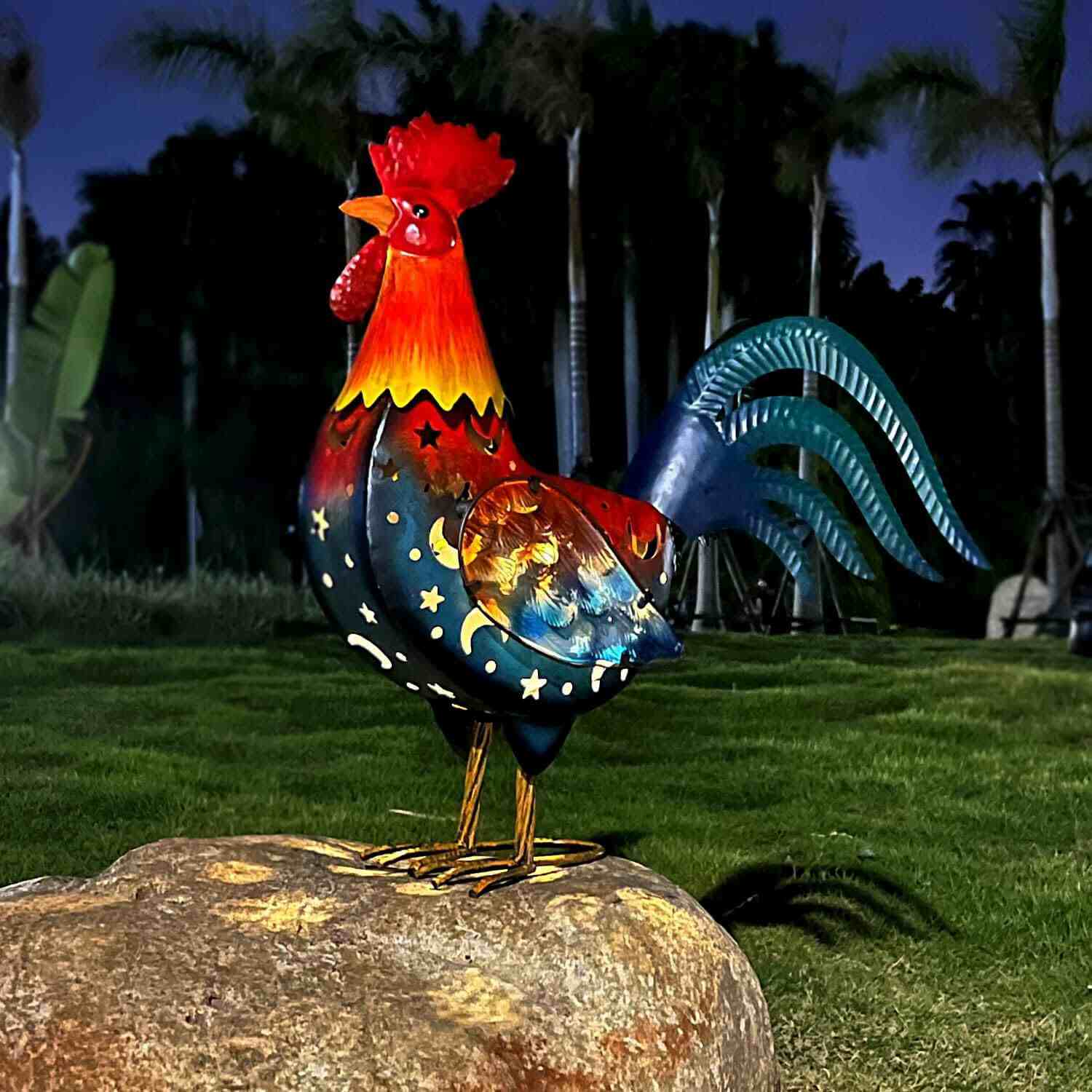
The rooster is the tenth animal in the Chinese Zodiac. It’s associated with yin (as opposed to yang), and therefore is imbued with the ideas of the feminine, darkness, passivity, and the earth. The symbol of the rooster is also believed to protect against evil spirits.
Those that are born in the year of the rooster are thought to be straightforward and decisive. They are perfectionists that are serious in their work and possess good logic and managerial skills. Despite being stubborn and fierce in an argument, roosters are family-oriented and need the support of a strong family unit. They rely on family for grounding and encouragement.
9. Stork
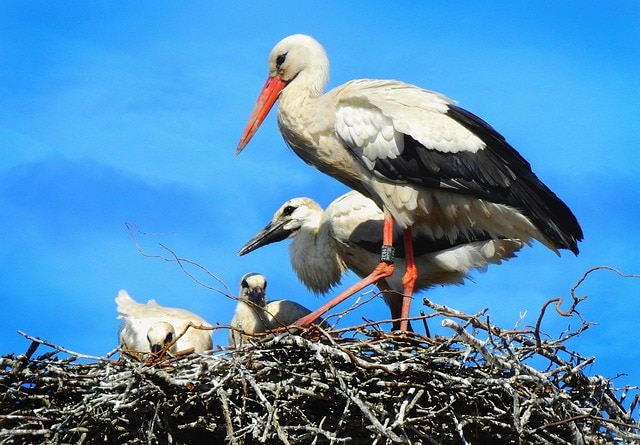
In European folklore, babies are delivered to new parents by a stork. In Germany, storks were thought to search for babies in caves and marshes. If a couple wished for a baby, they placed sweets at the window for the storks. The stork would carry the babies in cloth by their beaks and drop them down the chimney for the waiting parents.
10. Ravens
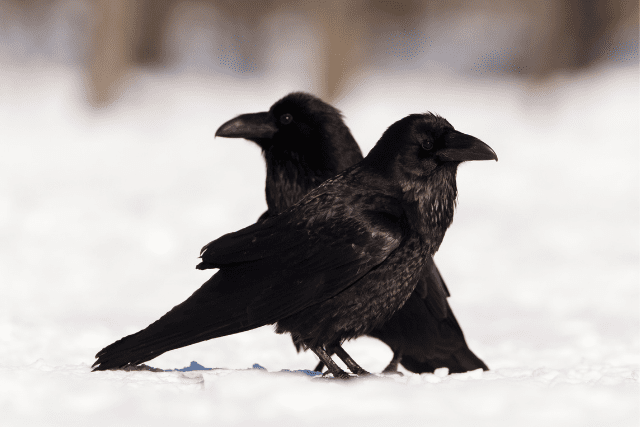
Ravens are significant birds in many cultures that have both positive and negative meanings. Many myths explain why these birds are black, but one of the most well-known comes from Greek mythology.
Apollo was the Greek God of sun, light, truth, healing, and prophecy. Among many of his symbols is the raven, which is said to represent his anger. The Greek myth states that once, all ravens were colored white. One raven learned that Coronis (one of Apollo’s lovers) was having an affair with Ischys and brought the news to Apollo. Apollo was so enraged that the bird hadn’t poked Ischys’ eyes out that he scorched its wings and turned it black. From then on, all ravens were black instead of white. This story is said to be where positive and negative meanings associated with ravens come from.
In pagan belief, the crow or raven possesses the power to provide insight. In Norse mythology, the God Odin is depicted as having ravens serving as his eyes and ears. This is likened to Apollo’s powers of foresight and the bird’s messenger role.
However, ravens are also associated with bad luck and death. Perhaps because of the Apollo story, the sighting of a raven is often thought of as a bad omen. As ravens are scavengers that often consume carrion, they tend to hover over dead animals. This has led to their association with illness and death.
11. Sailor’s Swallow
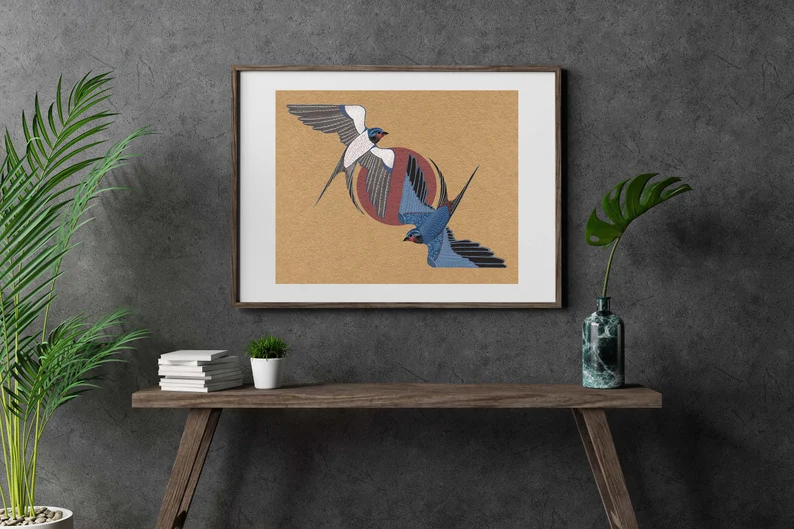
Swallows are small birds with forked tails that are common traditional tattoos. They are often seen inked on the body in pairs and symbolize the experience of a sailor. The number of swallow tattoos that a sailor had was indicative of how many nautical miles they had traveled, as they were only tattooed after 5,000 nautical miles at sea.
The term ‘welcome swallow’ is also tied to the sailor’s experience. Swallows are generally found on the coast, so the sight of a swallow on the return journey home was a sign that they were close to home. The swallow was also a symbol used to impart good luck for a sailor’s journey.
12. Owl

Nocturnal owls are not surprisingly related to magic, mystery, and the night. In many cultures, the night and the moon are linked to ideas of femininity, which extends to symbolism related to owls. In Ancient Greek mythology, the owl was the symbol of the Goddess of wisdom Athena. This is where the idea of the ‘wise owl’ originated from. The owl was also believed to be the guardian of the Acropolis.
On the other hand, some cultures view the owl as an omen of death or bad luck because of its nocturnal lifestyle and eerie call. This highlights the owl’s dichotomous symbolism, embodying both deep wisdom and ominous foreboding. Its symbolic interpretations vary significantly across different cultures and time periods.
Wrapping Up
The symbolism of birds is complex and varies based on the variety of the bird and the culture and era it’s viewed in. Each bird variety tends to have its own symbolism, but as mentioned above, all birds in general symbolize freedom and liberty.
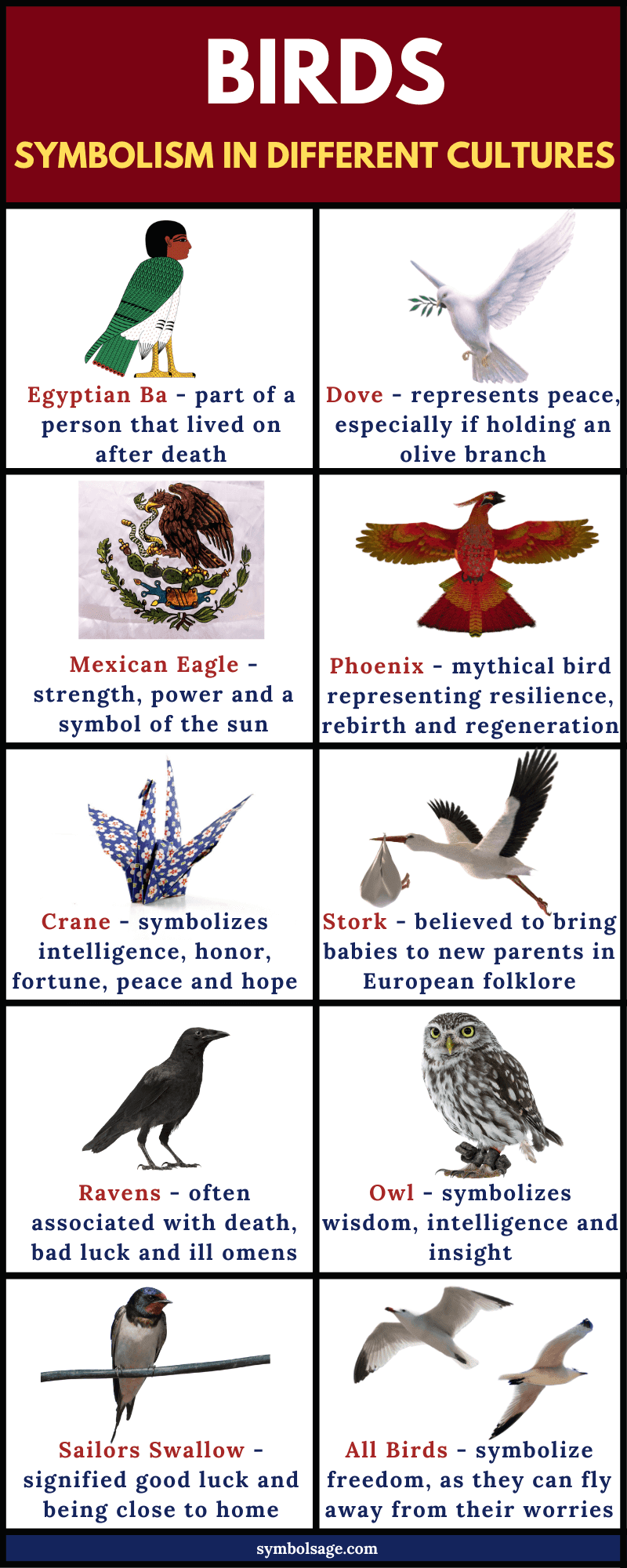
Related Images:
Animal Symbolism – An A-to-Z Guide
Butterfly Symbolism and Meanings
What Was the Griffin? History, Origins and Symbolism
Top 11 Symbolism of the Peacock – Proud and Sublime
Symbolism and Meaning of the Hummingbird
